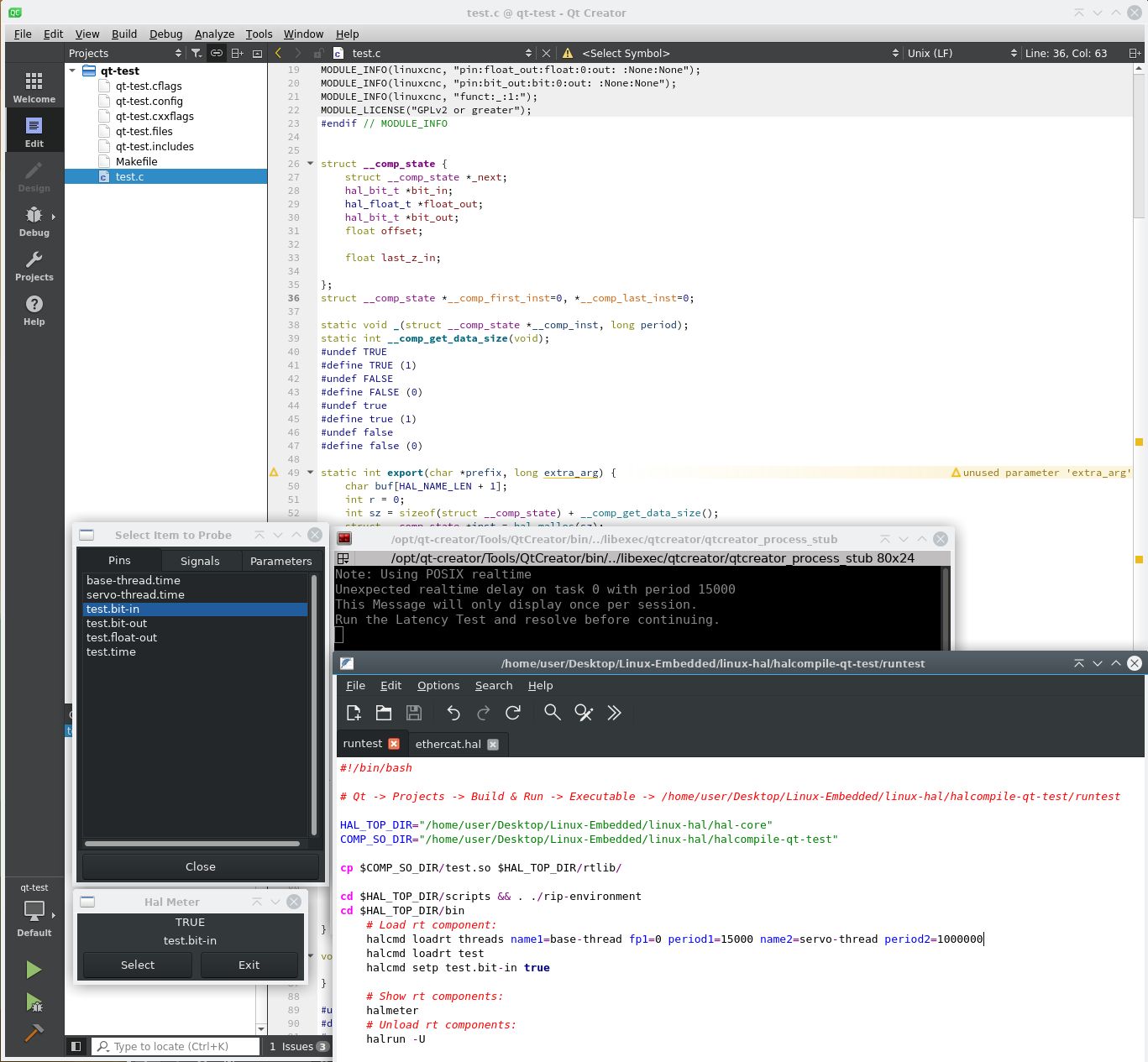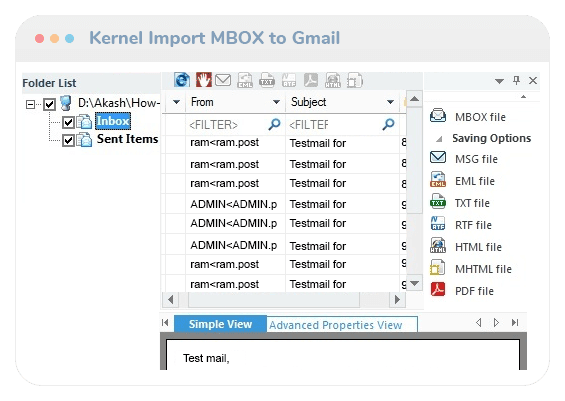


- KERNEL G SUITE BACKUP HOW TO
- KERNEL G SUITE BACKUP UPDATE
- KERNEL G SUITE BACKUP SOFTWARE
- KERNEL G SUITE BACKUP WINDOWS
If you’ve booted into your computer and everything is working as intended, the upgraded kernel is likely the problem. If you’re still having trouble, the kernel may not be the issue.Īlso read: 5 Useful Tips When Compiling Your Own Linux Kernel Remove the Problem Kernel Once you select the older kernel, you’ll boot into your system. This allows acquisition and release of an uncontested critical section or resource to be very quick, incurring work by the OS only to resolve contention. On some systems, the older kernels will be shown here, while on Ubuntu, you’ll need to select “Advanced options for Ubuntu” to find older kernels. Entry to the kernel is done at acquisition time only if the mutex is already held so that the thread can go on a blocked list kernel entry is done on exit if other threads are waiting to be unblocked on that mutex. When the computer loads GRUB, you may need to hit a key to select non-standard options. To boot into an older computer, you’ll need to restart your computer. The only case where that may happen is if you immediately uninstalled the older kernel, which isn’t a great idea. The good news if you’ve recently updated your kernel is that this process almost never gets rid of the old kernel.
KERNEL G SUITE BACKUP HOW TO
When the updated kernel won’t let you use your computer, it’s time to downgrade.Īlso read: How to Build and Install a Custom Kernel on Ubuntu Boot into an Older Kernel It isn’t all that often, but kernel upgrades can and do go wrong. You tend to forget about it until something goes wrong. Ukuu is available directly for all the Debian/Ubuntu-based distros via the PPA.The kernel of an operating system is kind of like your cardiovascular system. There are 2 available ways for managing a newer kernel version – using a GUI tool named “Ukuu” and installing the kernel manually. Of course, things can go completely out of whack if you become too much adventurous. If you’re a user of Linux Mint, then it’s way easier to perform “proven” actions on the kernel without worrying about something going wrong. The kernel that comes with the distro is well-maintained by the developers as well. That’s why I love to manage the kernel by myself.īefore we proceed any further, it’s worth to mention that unless you’re sure that you need that next-gen kernel, it’s not really worth making the leap. After the release, it usually takes time for getting it into your system officially.

KERNEL G SUITE BACKUP UPDATE
However, not all the Linux distros instantly incorporate the latest update right away. The kernel update is released every couple months with improved performance, stability, bug fixes, patches and additional features. Throughout its course, the Linux kernel is getting advanced day by day. Now, it’s 2019 and the latest version is 4.20.5 (stable).

Started by Linus Torvalds, Linux kernel v1.0.0 came out back in 1994.
KERNEL G SUITE BACKUP SOFTWARE
It’s one of the FINEST pieces of software that’s both INCREDIBLY complex and so, INCREDIBLY powerful with an INCREDIBLE community backing it up. The Linux kernel is a living marvel of the software world.
KERNEL G SUITE BACKUP WINDOWS
For example, Windows uses its proprietary kernel whereas most other operating systems, especially the open-source ones use the well-known, tested and proven Linux kernel. Linux kernelĮach of the operating systems use their own kernels. The kernel in an OS holds the same significance. But the signal of doing that task has to be carried to the hardware in a way, right? In our case, we got the nervous system. You think something using your brain, your body does the task. Assume that the OS + all the other software is your brain and your mind while your body is the hardware. In fact, kernel is the piece of software that holds the ultimate power over the hardware of the system.For understanding the concept of kernel, let’s consider ourselves – the humans. It sits in-between the hardware and the OS + other software. Now, if we go deeper into the hierarchy, for any operating system, the most important part of the operating system is the “kernel”.The question arises naturally – what the heck is the kernel? The kernel is the part of the OS that’s responsible for performing the hardware-level interaction. For using any computer, it’s a must to have a suitable operating system that will operate the machine for you.


 0 kommentar(er)
0 kommentar(er)
